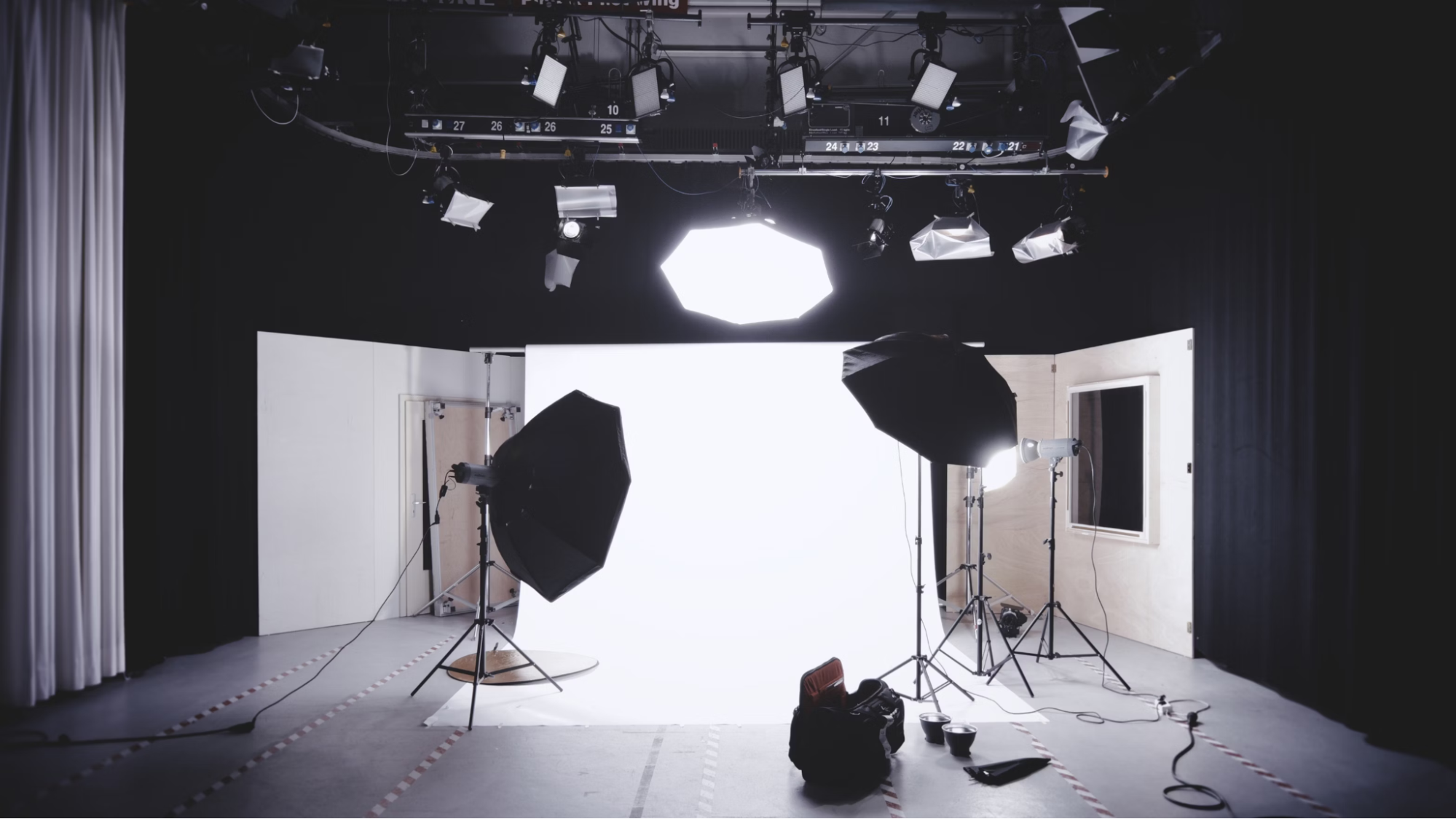
Bandy AI Fashion Model lets brands create stunning, realistic fashion shoots without studios—cutting costs, saving time, and boosting e-commerce visuals.
In the fast-paced world of fashion e-commerce, high-quality product imagery is no longer optional—it’s essential. Consumers expect to see clothing and accessories modeled in realistic settings, with multiple angles and poses that help them visualize how items will look in real life. Traditionally, achieving this level of visual appeal required expensive studio photoshoots, professional models, and extensive post-production editing. But what if you could create stunning, lifelike fashion imagery without ever stepping into a studio?
Enter AI fashion models—a game-changing technology that allows brands to generate photorealistic model shots digitally. Among the leading solutions in this space, Bandy AI Fashion Model Studio offers a seamless way to produce professional-grade images without the logistical headaches of traditional photoshoots.
The Challenges of Traditional Fashion Photography
Before diving into AI-powered solutions, it’s important to understand the limitations of conventional photoshoots:
1. High Costs
- Model fees: Professional models charge anywhere from $50 to $500+ per hour.
- Photographer & crew: Hiring a skilled photographer, stylist, and assistants adds up quickly.
- Studio rentals: A full-day shoot in a professional studio can cost thousands.
- Sample production: Brands often need multiple sizes and color variants for shoots.
2. Time-Consuming Process
- Scheduling delays: Coordinating models, photographers, and locations takes weeks.
- Post-production: Editing images (color correction, retouching) adds more time.
- Reshoots: If lighting or poses don’t work, brands must repeat the process.
3. Limited Flexibility
- Diversity constraints: Hiring models for every body type, skin tone, and age group is expensive.
- Pose limitations: Once a shoot is done, you can’t change angles or expressions.
- Background restrictions: Switching settings (e.g., from studio to beach) requires new shoots.
These challenges make traditional photography inefficient for brands that need fast, scalable, and cost-effective visuals—especially small businesses and startups.
How AI Fashion Models Solve These Problems
AI fashion models use generative AI and deep learning to digitally “wear” clothing and accessories, creating images that look like they were shot in a studio. Here’s how it works:
1. Upload Your Product Images
- Start with high-quality photos of your clothing (flat lay or on a mannequin).
- The AI analyzes fabric texture, drape, and fit.
2. Select a Digital Model
- Choose from a diverse library of AI-generated models (different body types, ethnicities, ages).
- Customize poses, expressions, and angles.
3. Generate Realistic Shots
- The AI seamlessly fits the garment onto the model, adjusting for natural movement.
- Apply different lighting and backgrounds (studio, outdoor, urban).
Bandy AI Fashion Model Studio: A Closer Look
While several AI fashion model tools exist, Bandy AI stands out for its:
✅ Photorealistic Avatars – Models look like real people, not CGI mannequins.
✅ One-Click Background Changer – Change settings from studio to street style instantly.
✅ Diverse Model Library – Includes various body shapes, ethnicities, and ages.
✅ No Design Skills Needed – Fully automated, with AI handling draping and lighting.
Key Benefits of Using AI Fashion Models
1. No Studio? No Problem
- Brands can create professional images without renting a physical space.
- AI handles lighting, shadows, and reflections digitally.
2. Cost Savings of 80% or More
- Eliminates model fees, photographer costs, and studio rentals.
- No need for sample production—AI works with existing product images.
3. Unlimited Model Diversity
- Showcase clothing on any body type, skin tone, or age group without hiring additional models.
- Ideal for inclusive marketing campaigns.
Getting Started with AI Fashion Models
1. Choose an AI Platform
- Bandy AI fashion model studio is a strong option for its ease of use and realism.
2. Prepare Your Product Images
- Use high-resolution photos with clean backgrounds.
- Ensure garments are wrinkle-free and well-lit.
3. Customize Your Shots
- Select models that match your target audience.
- Experiment with poses and backgrounds for variety.
4. Integrate into Your Workflow
- Use AI-generated images for:
- E-commerce product pages
- Social media ads
- Email marketing campaigns
How Brands Are Using AI Fashion Models
1. E-Commerce Product Listings
- Replace mannequin or flat lay images with lifelike model shots.
- Increase conversions by helping shoppers visualize fit and drape.
2. Social Media & Ad Campaigns
- Generate fresh content daily without recurring photoshoot costs.
- A/B test different models and backgrounds for higher engagement.
3. Lookbooks & Catalogs
- Create cohesive, on-brand imagery without hiring multiple models.
- Easily update seasonal collections with new poses and settings.
4. Personalized Shopping Experiences
- Some platforms allow virtual try-ons, where customers see garments on models resembling their body type.
AI fashion models are revolutionizing the way brands create product imagery—eliminating the need for costly studio shoots while delivering high-quality, diverse, and scalable visuals. Tools like Bandy AI Fashion Model Studio make it easier than ever to generate professional images in minutes, helping businesses save money, reduce waste, and sell more effectively.
For brands looking to stay competitive in e-commerce, adopting AI fashion models isn’t just an option—it’s becoming a necessity.
Was this news helpful?







 Yes, great stuff!
Yes, great stuff! I’m not sure
I’m not sure No, doesn’t relate
No, doesn’t relate



